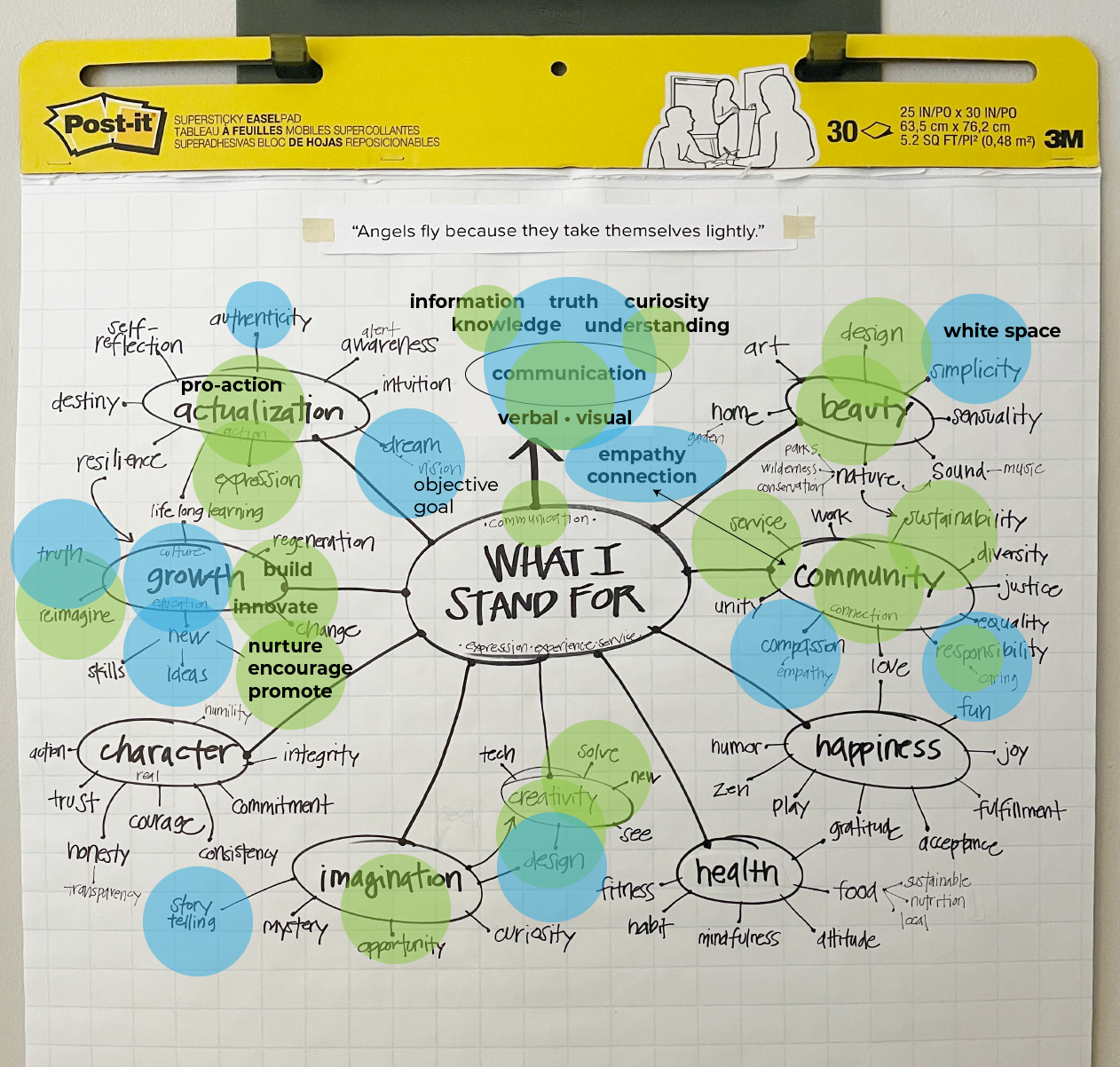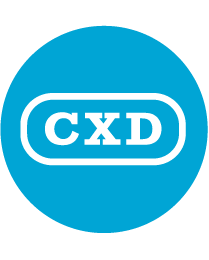Reaffirming Values
We believe that in this world people can change it for the better. And that those people who are crazy enough to think they can, are the ones that actually do.
— Steve Jobs, introducing Apple’s Think Different campaign
•••
September 2022 — This is a big idea, and I believe it too. See an example (60 seconds) from the Think Different campaign narrated by Jobs himself (the final was narrated by Richard Dreyfuss). See also Steve’s presentation Marketing Is About Values (seven minutes well spent I promise) elaborating on the then-position of Apple, branding and marketing, and the essentialness of core values:
This is a very complicated world. It’s a very noisy world. We’re not going to get a chance for people to remember a lot about us. No company is. So we have to be really clear about what we want them to know about us. Our customers want to know what we stand for.
As I shared in Why Drydock? Communication By Design (CXD) is in the midst of a comprehensive overhaul. The first step of the updating process is to reassess, and then reassert, the principles on which the company was founded a decade ago. Those “core values” that define who I am, and inspire what I do, and why.
At the core of the cores was (and is) my firm belief that we humans have the potential to envision (imagine, dream) and actualize (invent, build, do) positive change in our lives, whether within ourselves or outwardly focused.
I wrote at the top of our home page before — and stand by it now — that CXD serves “people striving to create a better world and doing amazing things to make it happen” — in ways however big or small, it doesn’t matter. See Client Work.
What We Stand For
Core values definition, and the requisite identifying (or reaffirming) exercises, are important for any business or organization — micro or macro, start-up or established, for-profit or not — and there are many ways to go about it.
One thing that works for me — when this kind of creative thinking is required — is mind-mapping.

Example mind-map sketch for values identifying and prioritizing.
I draw (in brainstorm mode) adding topic components and sub-components as they come to mind and even noting connections between the parts and pieces.
Sometimes I work with marker and poster-size paper on a wall so I can create quickly and intuitively. Other times I use a digital tool (there are numerous options on the market, each with associated pros and cons). Either way, the result is an array of ideas that can serve as a constant or fixed point for internal reference.
Once distilled, prioritized, and organized, the topics inform external brand messages including vision and mission statements, tagline, business descriptor, value proposition, and marketing content.
This methodology is equally effective with leadership groups or teams, on large poster sheets or whiteboards, and on easels or walls.
Above is my first pass at my own “reaffirming” map sketched on a Post-It pad, photographed on my iPhone, and then annotated in Adobe Illustrator. The original illustration included what I identified as ALL my values, including personal. I then added blue overlays to those I considered relevant for business, and green for priorities most likely to become “core.” I also elaborated on “communication,” a word I had written in the center, and added that in at the top.
Coming soon: Stay tuned for future posts about how this foundational work plays out in CXD’s branding and messaging.
•••
This post is an entry in Creative Toolbox • Notes from Drydock where we share stories of CXD’s own business and brand rebuild during 2023 — and beyond.
Note: This is an internal-only illustration I am sharing as a “sneak peek behind-the-scenes” example of our process.
